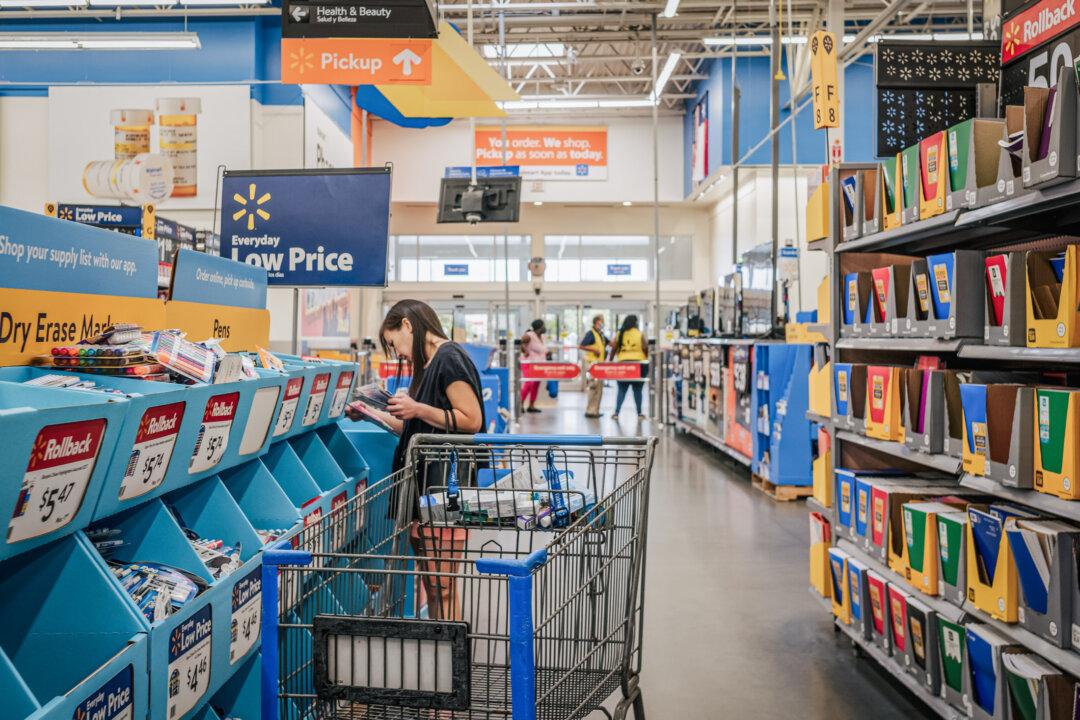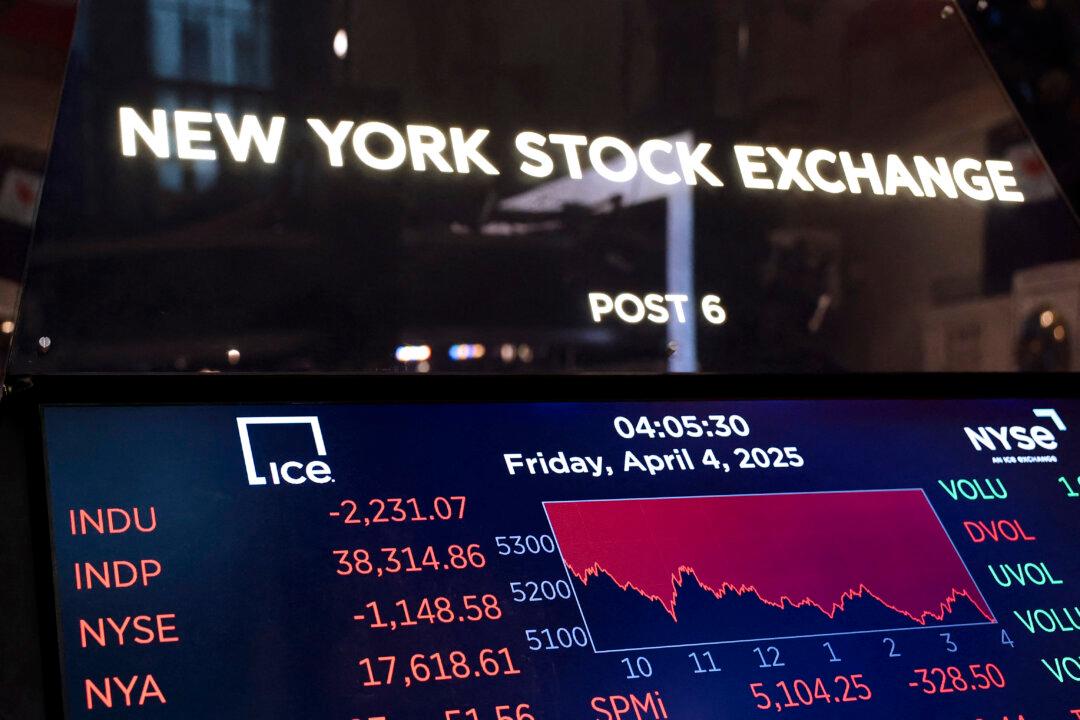Home Depot’s sales continued to improve in the fourth quarter of 2024, led by home-improvement spending in the United States amid a challenging housing market environment.
The company’s shares rose in late-morning trade on a down day for U.S. equities. However, the stock’s performance has lagged the broader market over the past 12 months.
Management sees the improvement in sales continuing for fiscal 2025, with total sales rising by approximately 2.8 percent and comparable sales up 1 percent despite a challenging macroeconomic environment for the housing industry and extensive remodeling projects.
“Our fourth-quarter results exceeded our expectations as we saw greater engagement in home improvement spend, despite ongoing pressure on large remodeling projects,” Home Depot CEO Ted Decker said in a statement following the release of the fourth-quarter financial results.
“Throughout the year, we remained steadfast in our investments across our strategic initiatives to position ourselves for continued success, despite uncertain macroeconomic conditions and a higher interest rate environment that impacted home improvement demand.”
The term “uncertain macroeconomic conditions” usually refers to several factors putting downward pressure on the demand for high-ticket consumer items such as home purchases, home improvements, and remodeling in recent months.
One is rising inflation, as evidenced by several gauges that monitor price pressures, including the University of Michigan’s five-year inflation outlook, which rose to 3.5 percent in February, the highest level since 1995. Rising inflation has been squeezing consumer budgets, leaving less money for spending on discretionary items such as home improvements.
Another factor is the declining consumer confidence, as evidenced by a couple of recent consumer sentiment reports released by the University of Michigan and the Conference Board.
“This is the third consecutive month-on-month decline, bringing the index to the bottom of the range that has prevailed since 2022. Of the five components of the index, only consumers’ assessment of present business conditions improved, albeit slightly. Views of current labor market conditions weakened. Consumers became pessimistic about future business conditions and less optimistic about future income. Pessimism about future employment prospects worsened and reached a 10-month high.”
In a statement accompanying the release of the company’s second quarter of fiscal 2024 results in August, Decker explained how these adverse macroeconomic conditions affect store spending.
“During the quarter, higher interest rates and greater macroeconomic uncertainty pressured consumer demand more broadly, resulting in weaker spend across home improvement projects,” he said.
R.J. Hottovy, head of analytical research at Placer.ai, had mixed reactions to Home Depot’s fourth-quarter financial results and 2025 guidance.
“Home Depot’s fourth-quarter U.S. comparable sales growth of 1.3 percent is an encouraging sign of improving demand for home improvement products,” he told The Epoch Times in an email.
“However, the company’s conservative outlook for 2025 likely reflects a balance between the positive impact of a strengthening housing market—which should boost demand—and ongoing uncertainty around large-scale renovation projects, a trend confirmed by Placer.ai’s repeat visitor data.”





